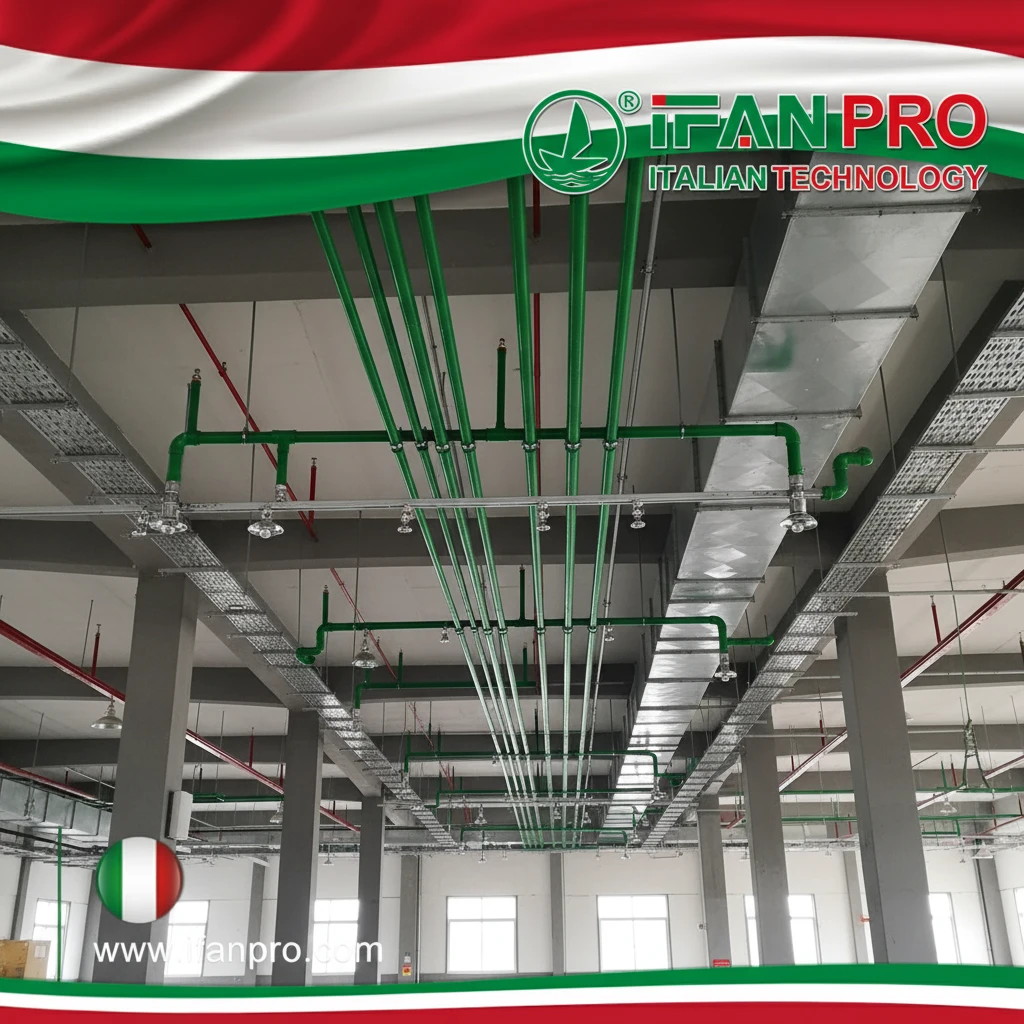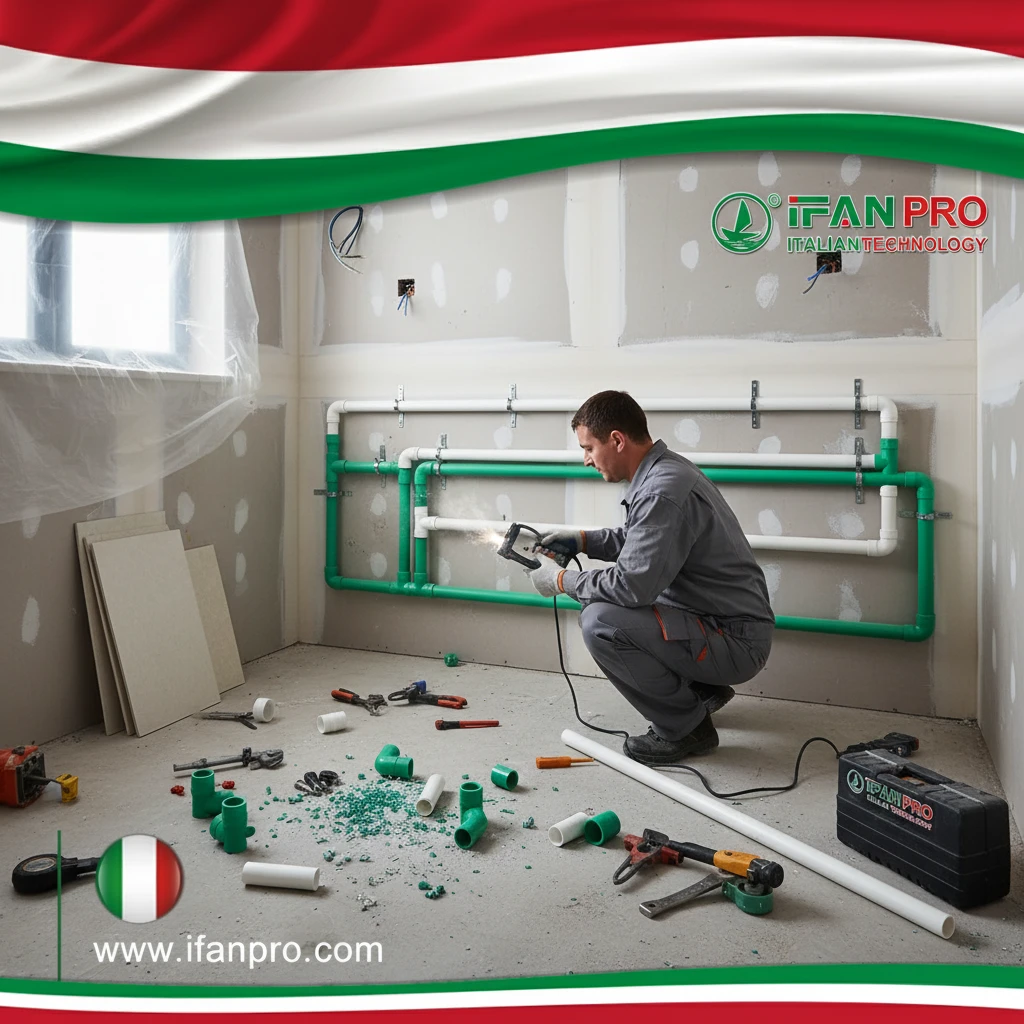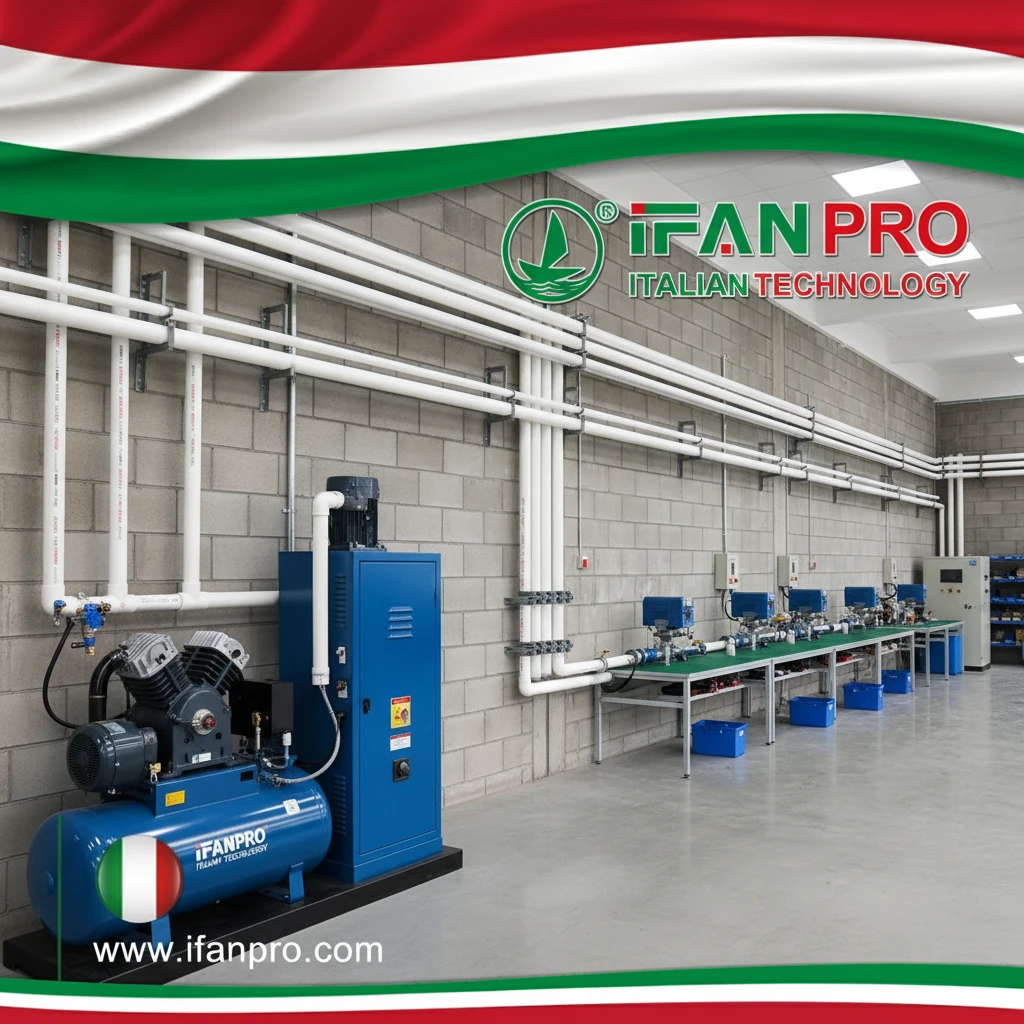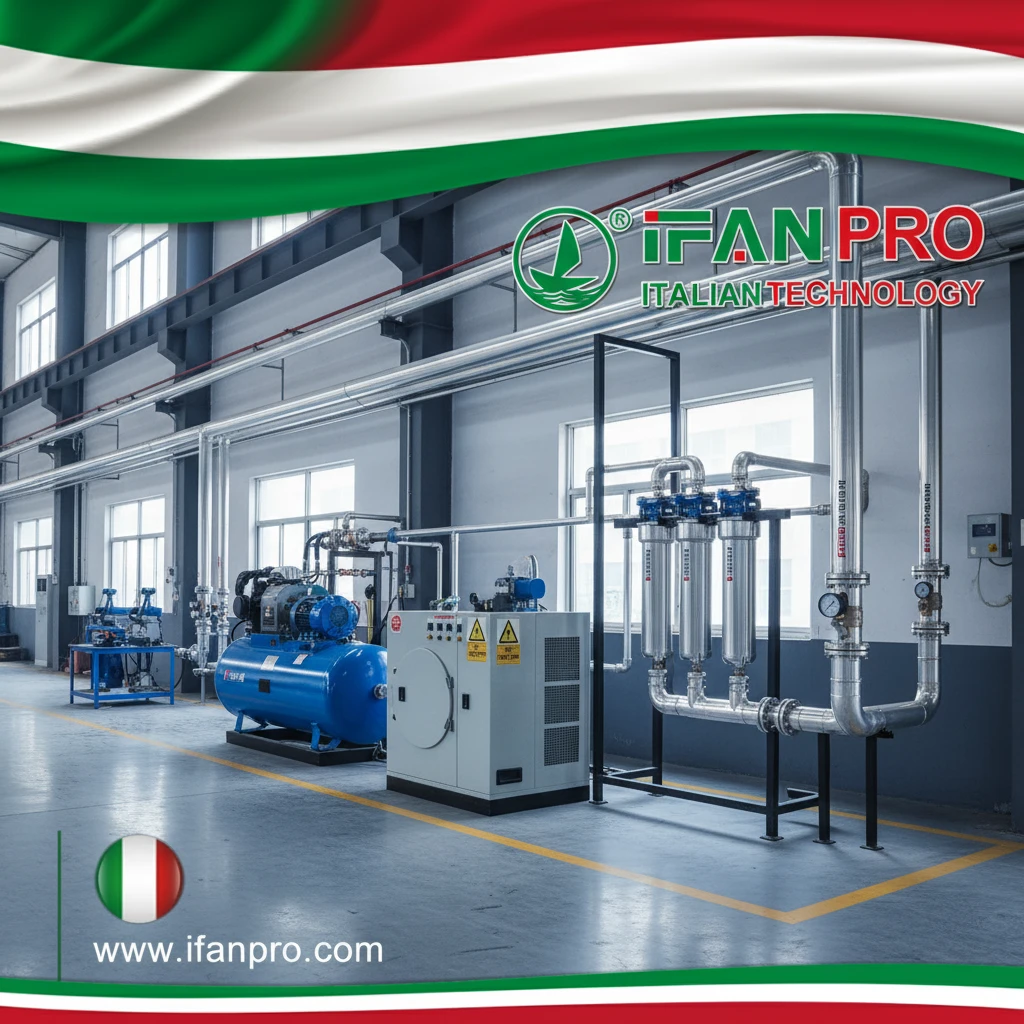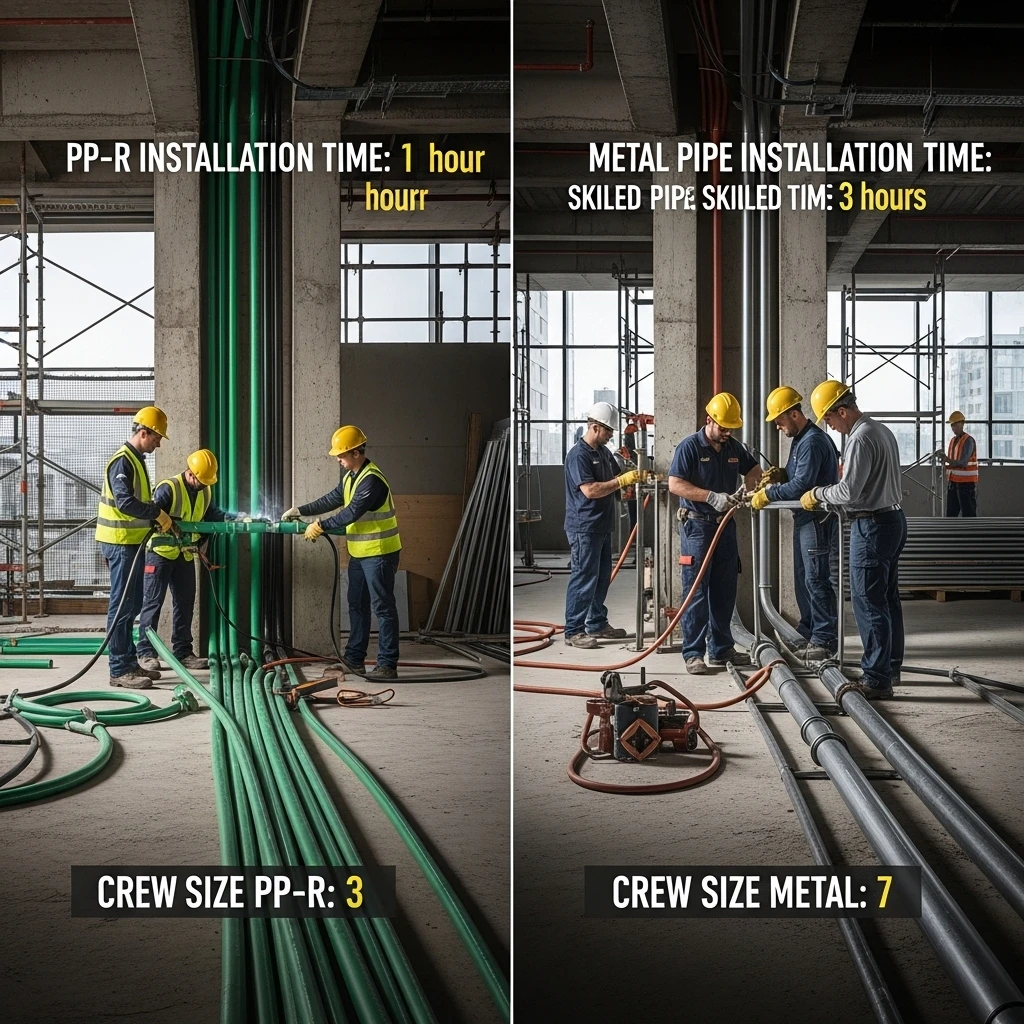Are PPR Pipes Suitable for Fire Protection Systems?
I recently consulted on a warehouse project where the client was considering PPR pipes for fire protection. This made me research deeply into their suitability for such critical applications. PPR pipes are certified for certain fire protection applications when they meet specific standards and have proper approvals. While not for all fire systems, they can […]
Are PPR Pipes Suitable for Fire Protection Systems? Read More »

